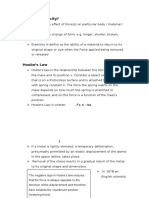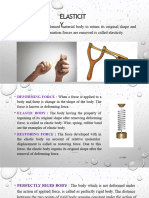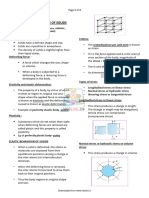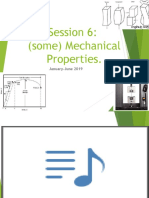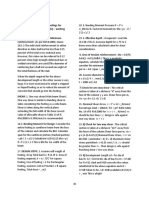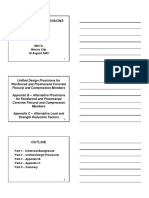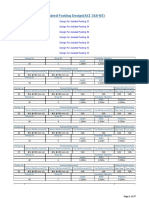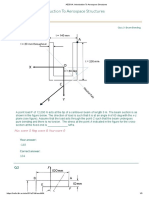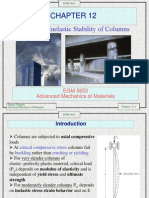0% found this document useful (0 votes)
19 views55 pagesUnit-3 Mechanical and Electronical Properties of Material
The document covers the mechanical and electronic properties of materials, focusing on stress-strain relationships, elasticity, and plasticity. It explains concepts such as Hooke's law, Young's modulus, and the behavior of materials under various forces, including examples of calculations for stress, strain, and elongation. Additionally, it discusses torsion pendulums and bending of beams, providing insights into their applications and the principles governing their behavior.
Uploaded by
gdrivee515Copyright
© © All Rights Reserved
We take content rights seriously. If you suspect this is your content, claim it here.
Available Formats
Download as PDF, TXT or read online on Scribd
0% found this document useful (0 votes)
19 views55 pagesUnit-3 Mechanical and Electronical Properties of Material
The document covers the mechanical and electronic properties of materials, focusing on stress-strain relationships, elasticity, and plasticity. It explains concepts such as Hooke's law, Young's modulus, and the behavior of materials under various forces, including examples of calculations for stress, strain, and elongation. Additionally, it discusses torsion pendulums and bending of beams, providing insights into their applications and the principles governing their behavior.
Uploaded by
gdrivee515Copyright
© © All Rights Reserved
We take content rights seriously. If you suspect this is your content, claim it here.
Available Formats
Download as PDF, TXT or read online on Scribd
/ 55








